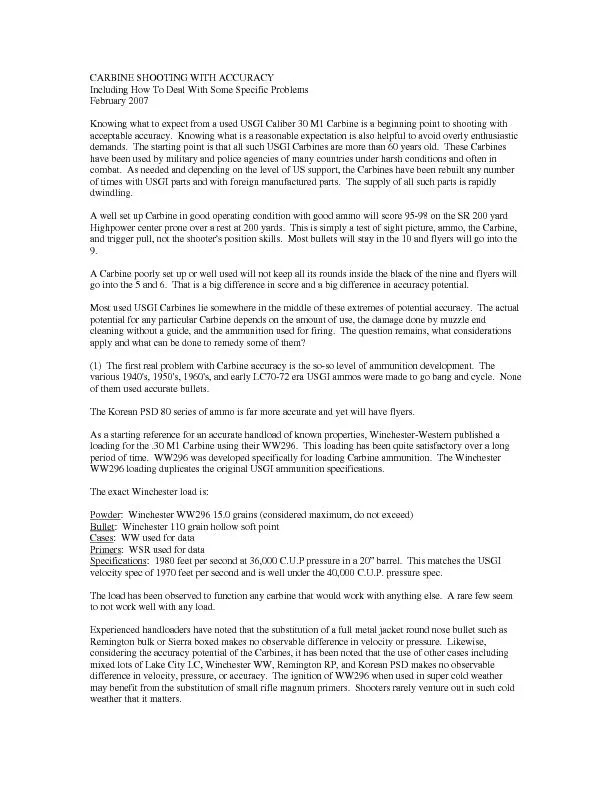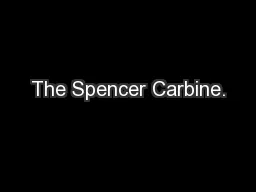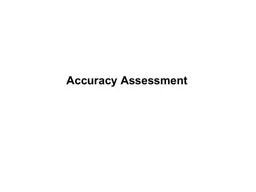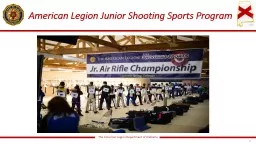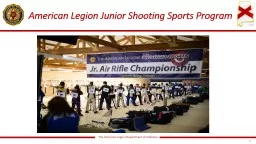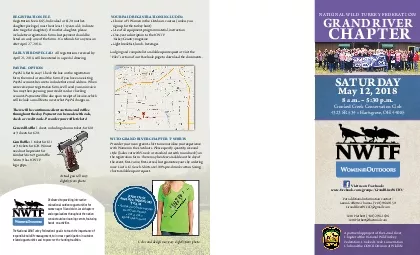PDF-of CARBINE SHOOTING WITH ACCURACY Including How To D
Author : olivia-moreira | Published Date : 2015-05-11
30 M1 Carbine is a beginning point to shooting it with acceptable accuracy K nowing what is a reas onable expectation is also helpful to avoid overly en thusiastic
Presentation Embed Code
Download Presentation
Download Presentation The PPT/PDF document "of CARBINE SHOOTING WITH ACCURACY Inclu..." is the property of its rightful owner. Permission is granted to download and print the materials on this website for personal, non-commercial use only, and to display it on your personal computer provided you do not modify the materials and that you retain all copyright notices contained in the materials. By downloading content from our website, you accept the terms of this agreement.
of CARBINE SHOOTING WITH ACCURACY Including How To D: Transcript
Download Rules Of Document
"of CARBINE SHOOTING WITH ACCURACY Including How To D"The content belongs to its owner. You may download and print it for personal use, without modification, and keep all copyright notices. By downloading, you agree to these terms.
Related Documents

